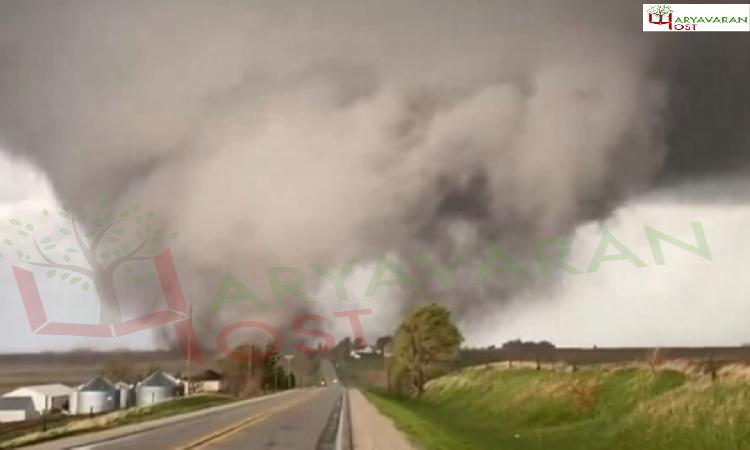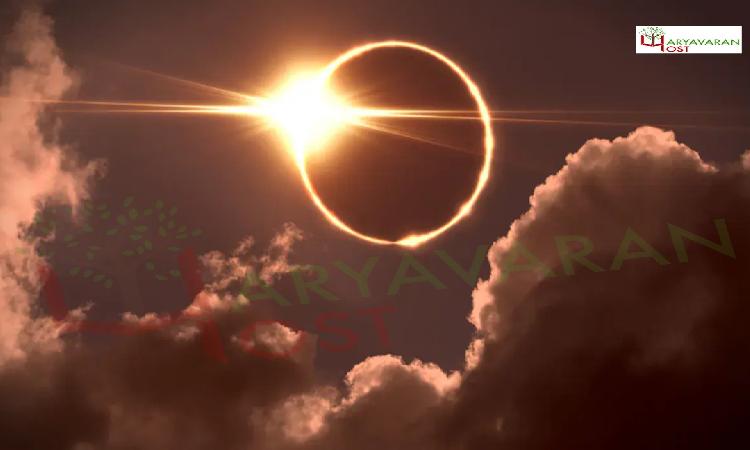

As a total solar eclipse rushed across the nation on Monday, North America was plunged into a chilling midday darkness. The moon briefly obscured the sun over the country, causing street lights to flash on and the planets to become visible. Amidst the eclipse frenzy engulfing Mexico, the United States, and Canada, dogs barked, frogscroaked, and some people started crying.
Many skywatchers saw sun flares, another cosmic marvel, as they fixed their sight on the celestial occurrence that brought the sun and moon together.
As the moon eclipsed the sun on Monday, the sun reached the "solar maximum" in its 11-year cycle. During this phase, the sun produced more coronal mass ejections (large plasma bubbles with magnetic field lines) and solar flares.
Just before totality, a couple of solar flares were visible in the images and videos that were taken.
Never saw solar flares with such protrusion. It seems like you could fit hundreds of earths inside one of those! Certified Broadcast Meteorologist Jim Cantore wrote about X.
Why do Solar Flares Occur?
The most powerful explosive occurrences in the solar system, solar flares are caused by the release of magnetic energy from sunspots, which results in tremendous bursts of radiation. Depending on their intensity, solar flares can last anywhere from a few minutes to several hours. Solar flares are categorized by NASA according to their intensity. The B-class is the smallest, and the X-class—the type that was discovered on New Year's Eve last year—is the largest.
X-class solar flares can disrupt radio communications, electric power networks, and navigation signals, while weaker flares are undetectable on Earth. These strong flares have the potential to threaten astronauts and spacecraft in extreme circumstances.
Facts About Solar Flares
Massive electromagnetic radiation explosions that release energy, light, and fast-moving particles are known as solar flares.
B-class, C-class, M-class, and X-class, which is the largest, are the groups according to strength. An increase in energy output of ten times is represented by each class.
On April 2, 2001, at 4:41 PM EDT, the strongest solar flare ever observed was recorded. It was more intense than the one that caused disruptions to Canadian electricity infrastructures on March 6, 1989.
Duration of Solar Flares
The duration of a solar flare ranges from a few minutes to many hours. According to NOAA, the electromagnetic energy explosion and the event's observation coincide.